Competing at the Bonneville Speedway is at the top of any speed enthusiast’s bucket list. Whether you buzz the Salt Flats west of Salt Lake City, Utah, at the wheel of your own speed machine or a rental racer matters less than simply experiencing this 30,000 acre playground given to us by Mother Nature.
Of course, storming the salt in a land speed racer of your own design is a powerful statement.
Russ Williams, 75, began working on his streamliner in 2013. “After several decades building and racing sailboats, I hoped to apply my hydrodynamic and aerodynamic expertise to speed on land,” Williams explains.
The first phase of that process was letting his thoughts gel into drawn sketches. These renderings next turned into 1/10th-scale wood models of both Williams’ chassis and body.
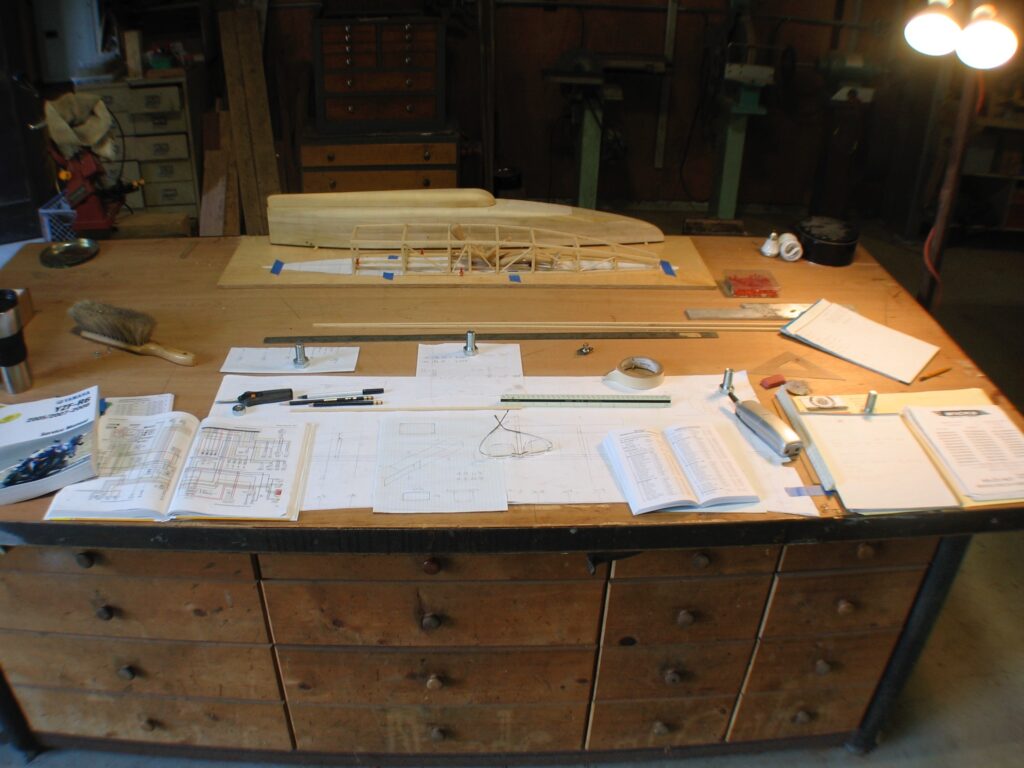
From there, with help from friends and the support of his family, Williams honed his speed needle in the 4000-square-foot shop at his Albion, California, residence. TIG-welded round- and oval-section steel tubing supports a Suzuki GSX-R750 motorcycle engine burning ethanol. This water-cooled inline-four slams an estimated 130 horsepower to the chain-driven rear wheels through an air-shifted six-speed transmission. Untold hours were invested making sure the Arrow was fast and safe.
By early 2018, Williams’s J-class (900-1200 cc) gas streamliner, the “Albion Arrow”, was ready for shakedown runs across a Nevada dry lake bed.
To sharpen his spear’s tip, Williams positioned two 13.5-inch billet aluminum wheels in line ahead of the narrow cockpit. “Given the smooth, straight nature of the salt flats and minimal steering requirements, I deemed front tires both unnecessary and undesirable,” Williams notes. “To provide some lateral grip up front, I machined treads directly into the outer perimeter of my compact aluminum rims. That’s right, no rubber touches the ground up front.
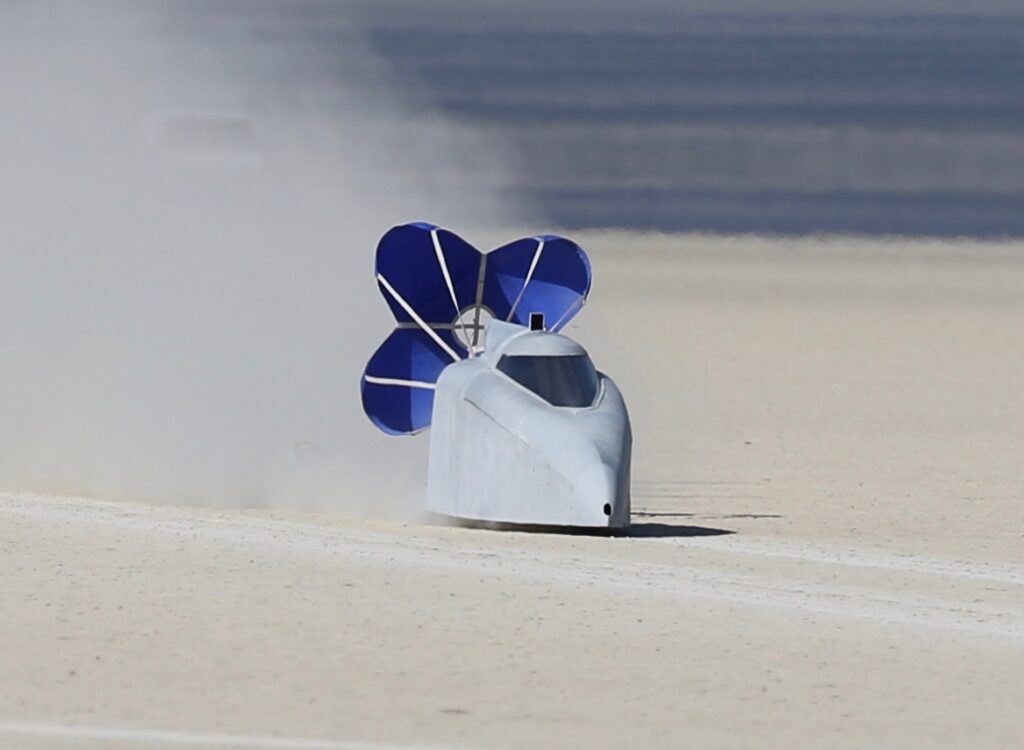
‘To minimize my car’s frontal area and drag coefficient, the Arrow is only 26 inches wide and 32 inches tall. Overall length is 23 feet, 5 inches, and the car’s skin is hand-formed sheet aluminum. Fueled and ready to race, it weighs barely a thousand pounds. I’m a tight fit in the cockpit and the view ahead is restricted, but this is the most entertaining ride I’ve ever had on four wheels.’

Williams took to the salt in 2018 with a target in his sights. The record he attacked was a speed of 219.884 mph, set in August of 2011 by John Wright in the Brant-Wright-Speranza Special. After fulfilling his licensing requirements during the fall Bonneville Speed Week, Williams clocked 218 mph on his first pass with an exit speed of 226 mph, proving the car was still gaining speed as it ran through the end of the course. ‘That was the great news! But my bad luck was that I shredded a rear tire at the end of that run and my speed didn’t warrant a return pass,” he explains. “The buzz and vibration scared the bejesus out of me.”

‘The rear tires we ran were rare Top Fuel Dragster rubber from the 1980s, selected to enable a full laid-back driver’s orientation. Unfortunately, they’re rated for only 200 mph so they’ll be upgraded to tires with a 250-mph rating.’
Summer storms have rendered the Bonneville Salt Flats more soggy field than dry lake bed of late. Williams and the Albion Arrow are nonetheless locked and loaded: “As soon as conditions allow resumption of Speed Week, I will be back.”


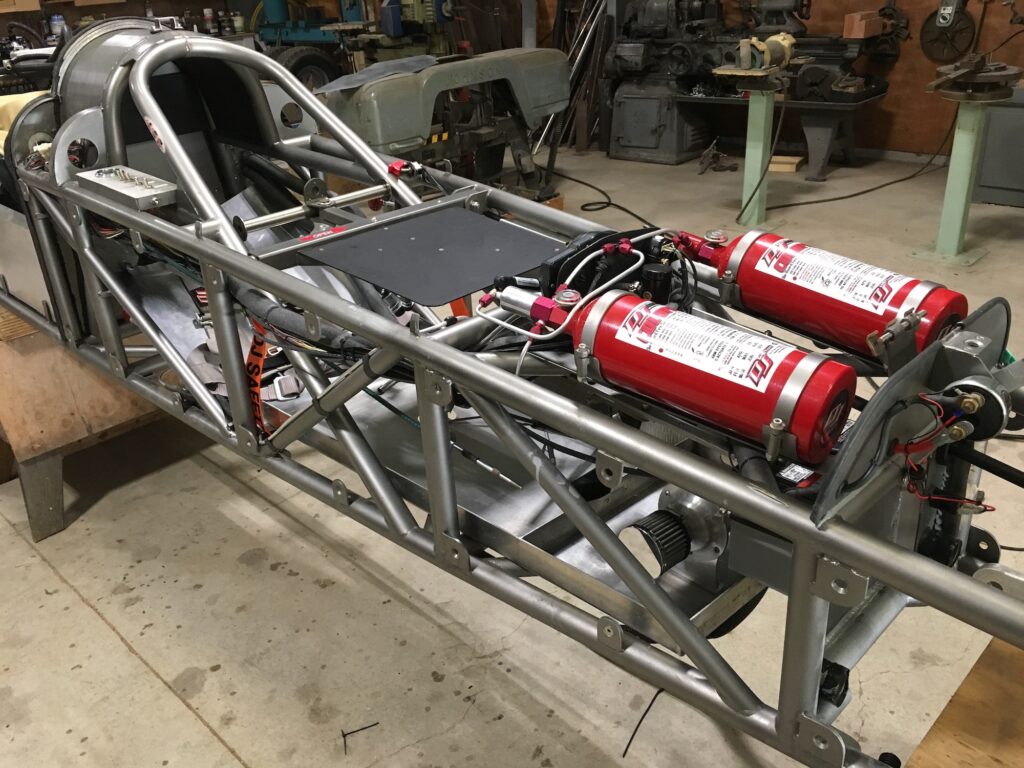

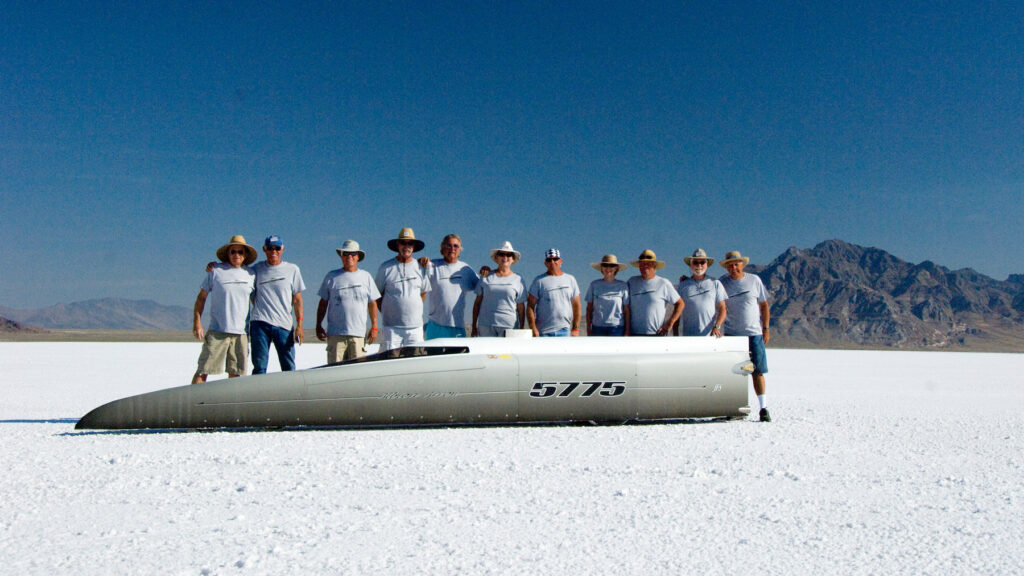
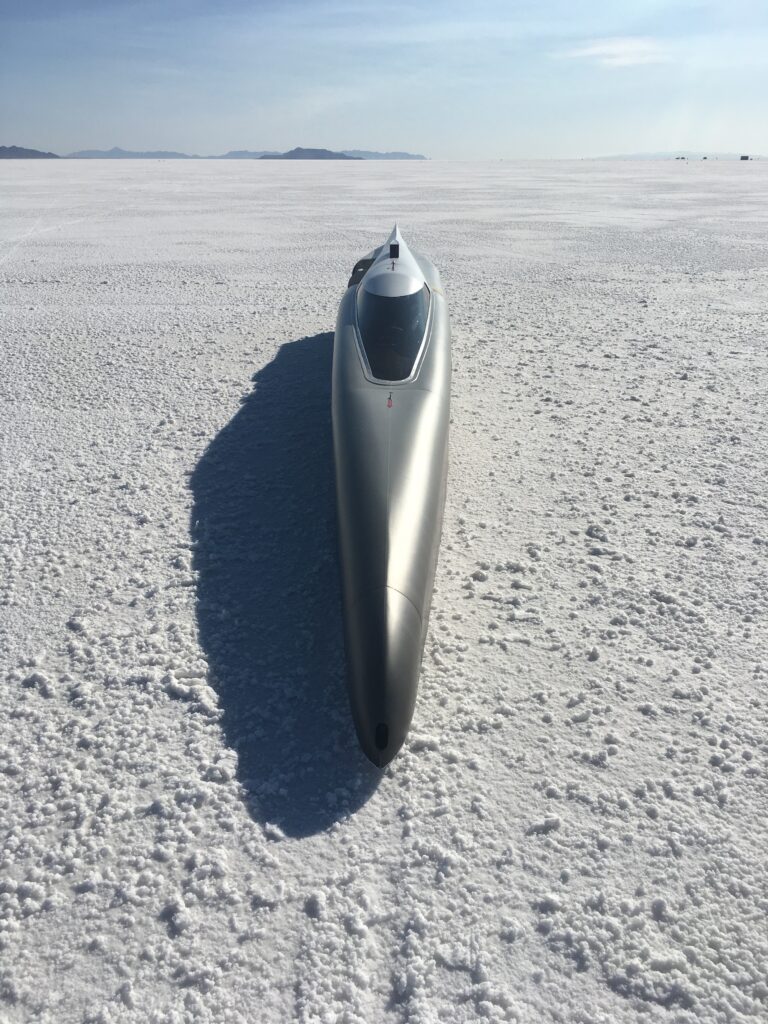
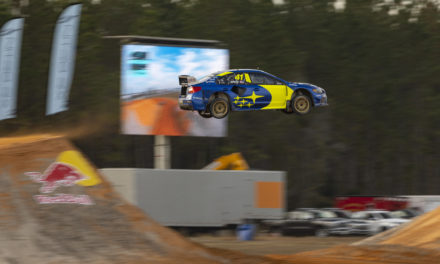
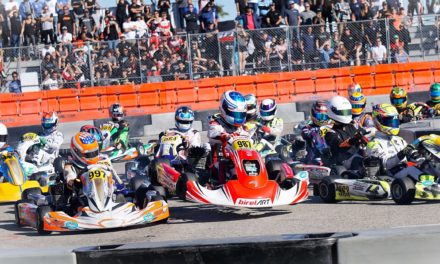
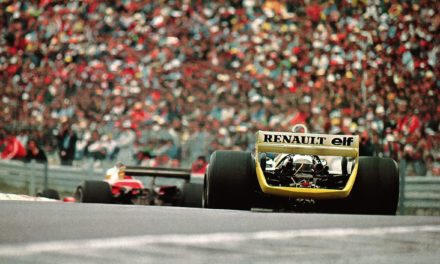
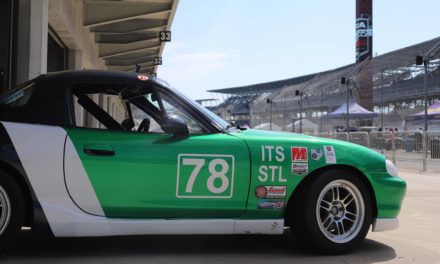





I saw no mention of the your engine or drive-train. What are you using to reach these speeds?
sez in the story the powerplant is a Suzuki 750cc motorcycle engine